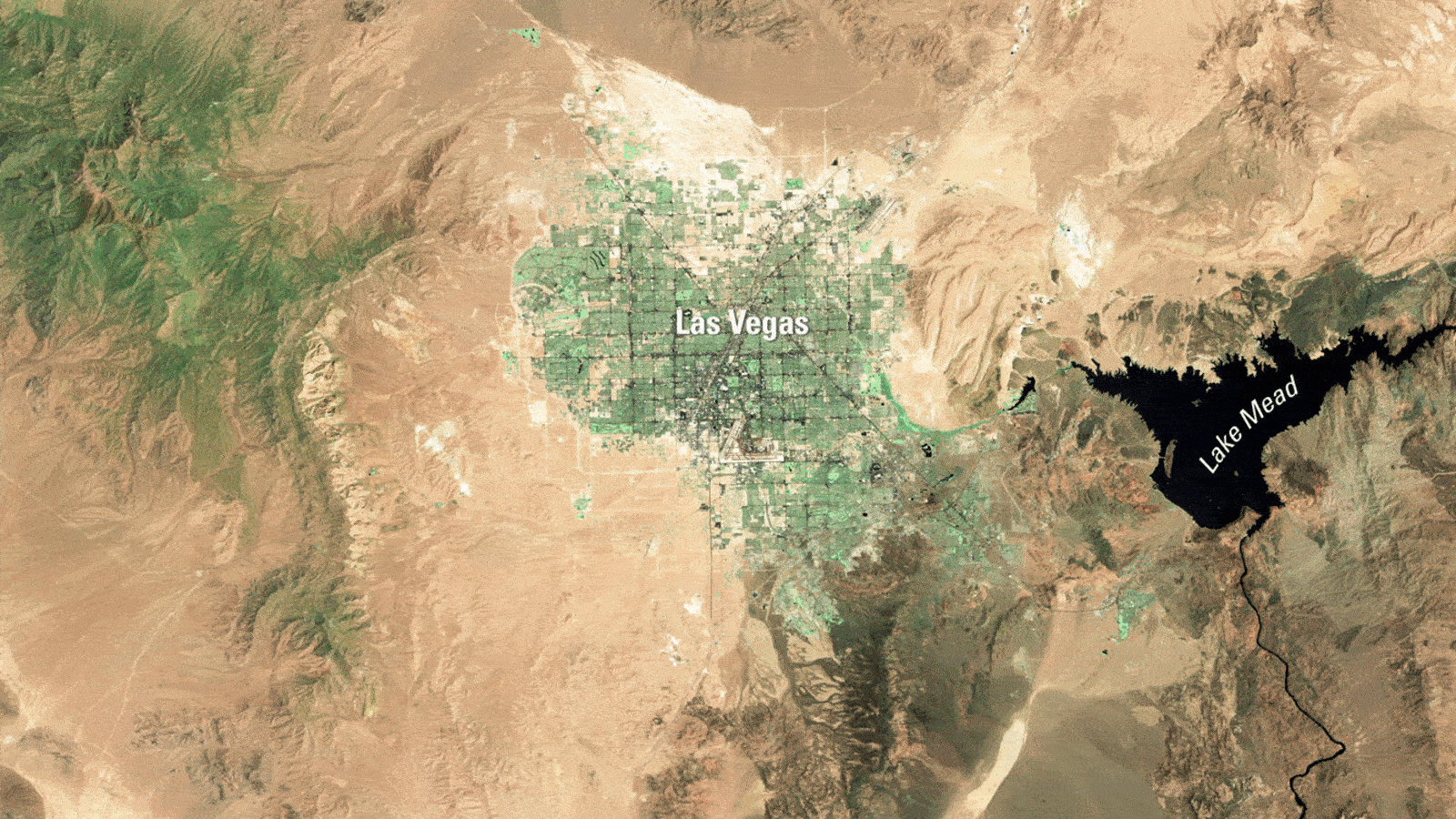Las Vegas Expansion Captured in Final Landsat 7 Image

LAS VEGAS, Nevada – The final image captured by the now-retired Landsat 7 satellite reveals the dramatic expansion of Las Vegas over the past 25 years, mirroring one of its first shots from 1999.
Immediate Impact
The last photograph taken by the Landsat 7 satellite showcases the sprawling urban growth of Las Vegas, a city that has nearly doubled in size since the satellite’s launch. This image, captured on May 28, 2024, parallels the satellite’s inaugural image taken on July 4, 1999, highlighting the rapid development of “Sin City” in the heart of the Mojave Desert.
Key Details Emerge
Landsat 7, co-managed by NASA and the U.S. Geological Survey (USGS), has been orbiting Earth every 99 minutes since its launch on April 15, 1999. Over its operational life, it has taken over 3.3 million images, covering nearly every square inch of the planet.
Quick Facts:
- Location: Las Vegas, Nevada [36.10457930, -115.1448612]
- Satellite: Landsat 7
- Photo Dates: July 4, 1999, and May 28, 2024
By the Numbers
From 2000 to 2023, the population of the Las Vegas metropolitan area surged from 1.38 million to 2.33 million, marking a 69% increase, according to USGS. By 2025, the population is estimated to reach 2.4 million.
Background Context
Landsat 7 has played a pivotal role in Earth observation, contributing significantly to mapping services like Google Maps. It has also captured unique perspectives of significant events, such as the 9/11 attacks, Hurricane Katrina, and the Deepwater Horizon oil spill.
Despite an instrument failure in 2003, which was later rectified, the satellite continued to operate well beyond its expected five-year lifespan. Although NASA considered refueling it in orbit, this maneuver was ultimately not attempted.
Regional Implications
The images also highlight environmental changes, such as the shrinking of Lake Mead, an artificial reservoir formed by the Hoover Dam. While natural fluctuations occur, increased water consumption and climate change may be impacting its size, according to NASA’s Earth Observatory.
What Comes Next
With Landsat 7 now decommissioned, only two operational Landsat satellites remain: Landsat 8, in orbit for over 12 years, and Landsat 9, launched in September 2021. Landsat 7 will drift in space for approximately 55 years before reentering Earth’s atmosphere.
As the satellite’s mission concludes, experts continue to analyze the data it provided, offering insights into urban development and environmental changes. The legacy of Landsat 7 endures through its contributions to understanding our planet’s dynamic landscapes.






